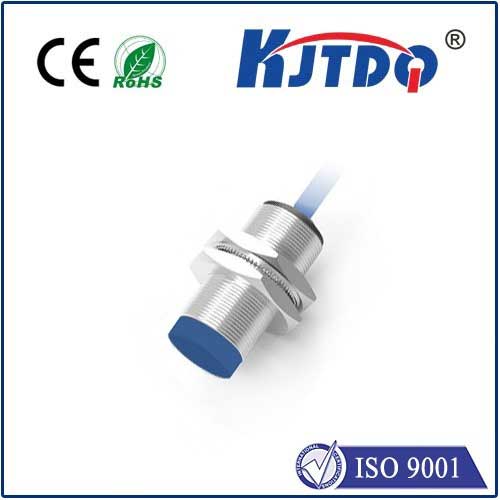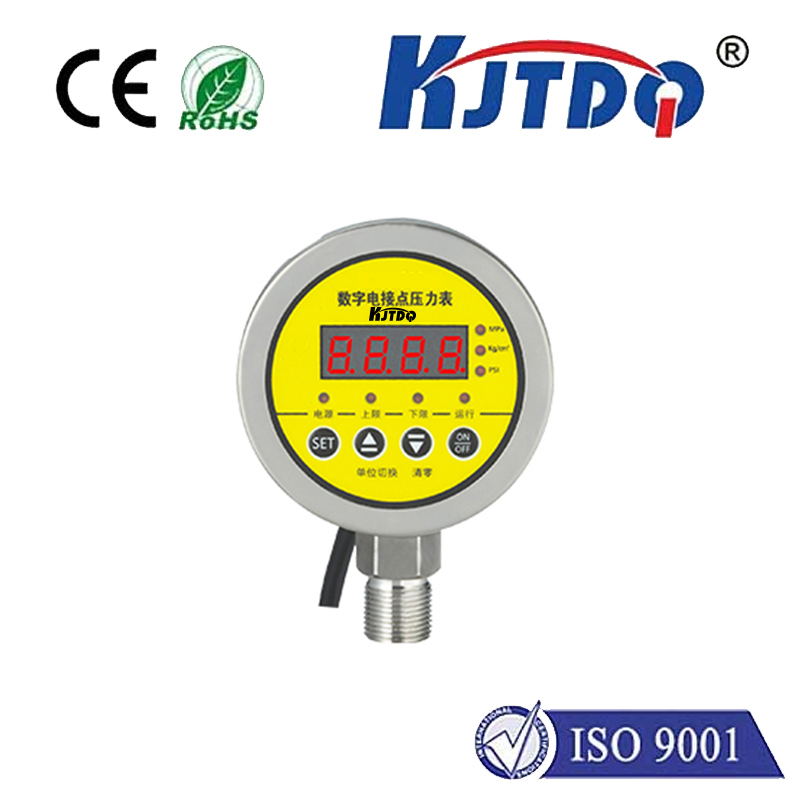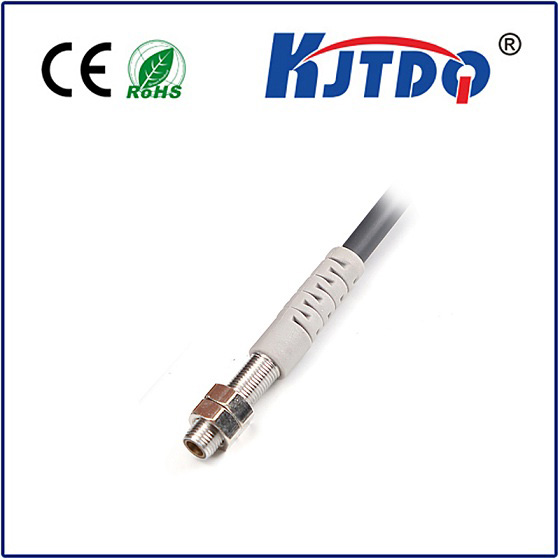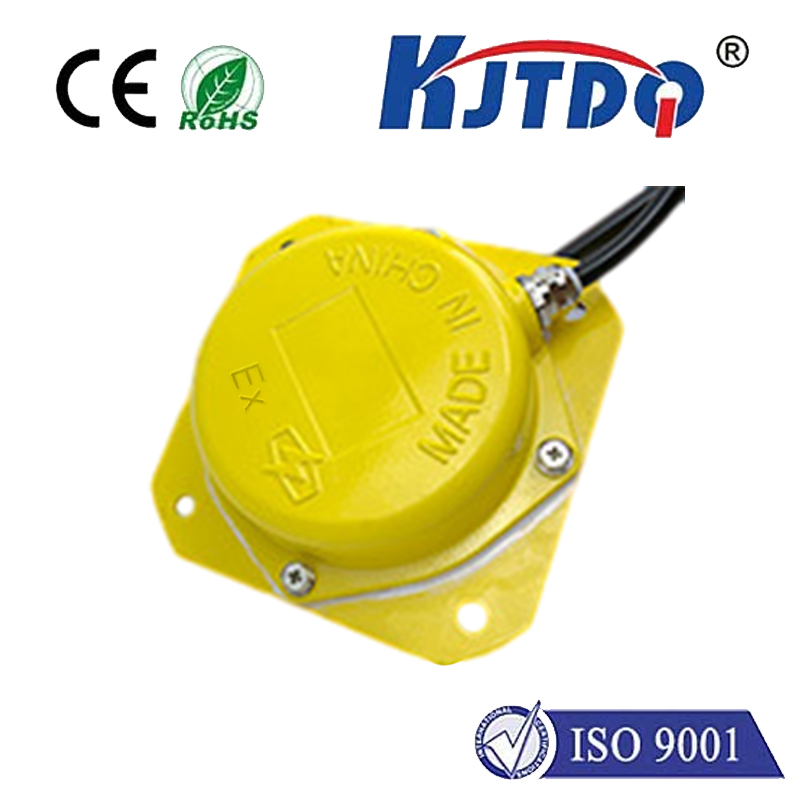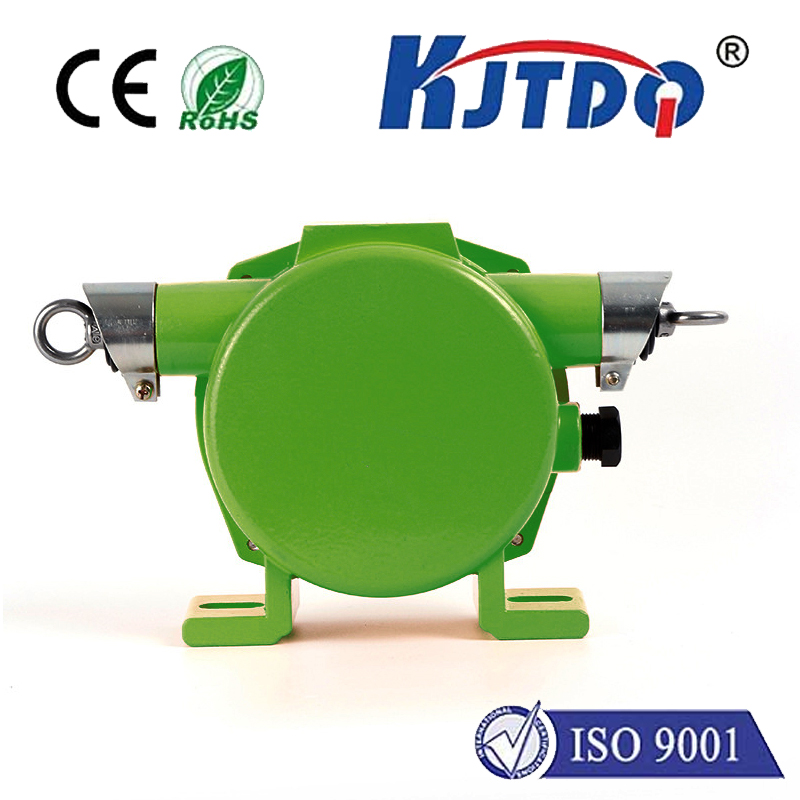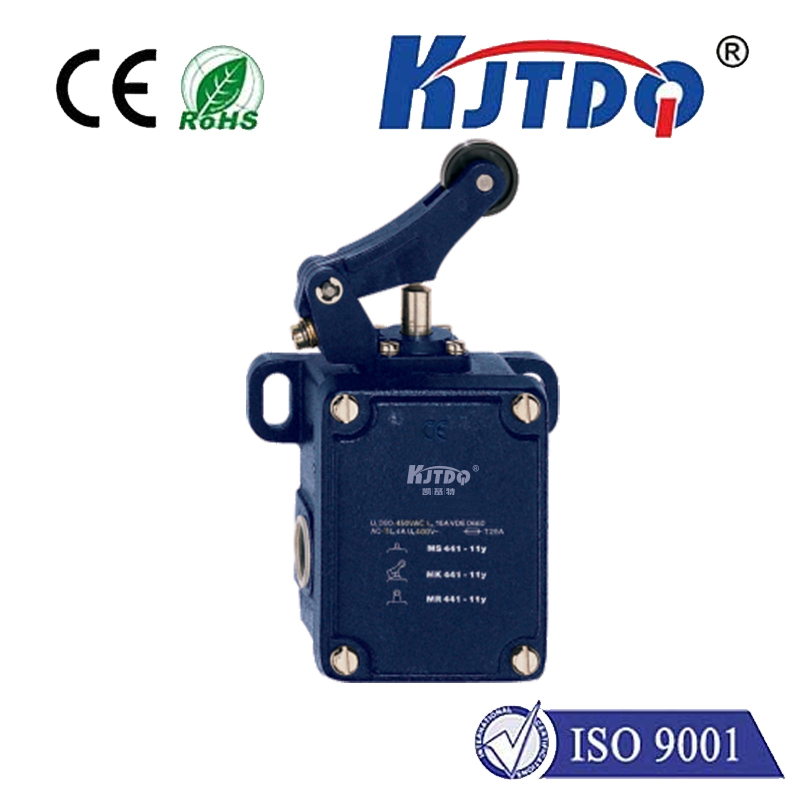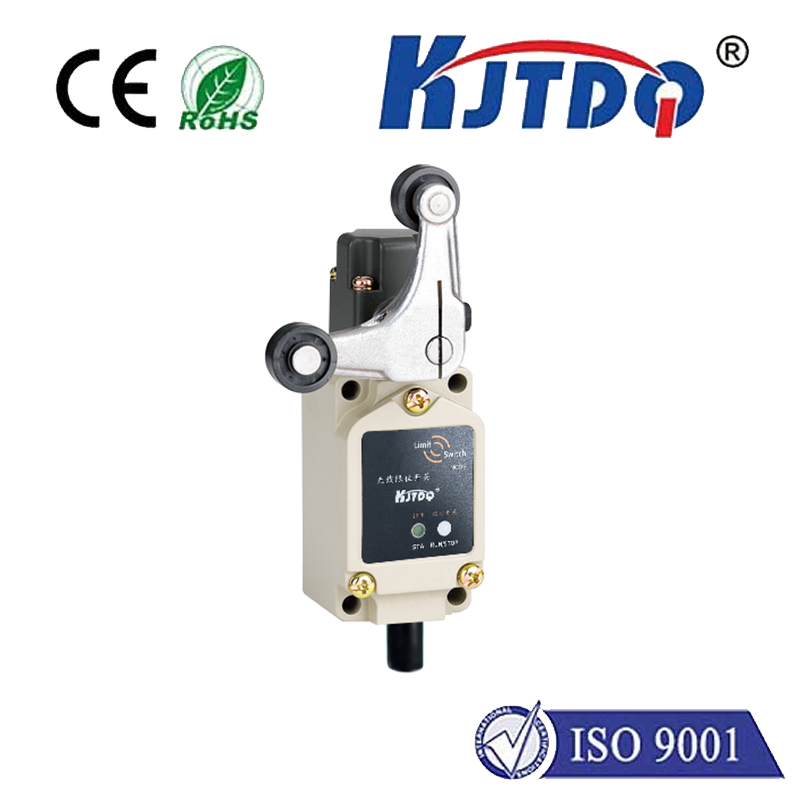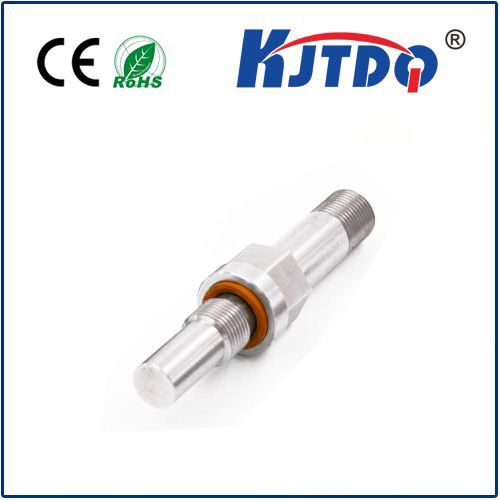optical sensor detector
- time:2025-08-16 04:11:27
- Click:0
Optical Sensor Detectors: The Silent Interpreters of the Light Spectrum
Imagine a world where machines could truly “see” – not just capture images like a camera, but interpret the subtle language of light. They could detect the faintest glow, measure imperceptible changes in color, or sense an object’s presence without a single touch. This isn’t science fiction; it’s the everyday reality powered by optical sensor detectors. These sophisticated devices form the cornerstone of countless modern technologies, translating the invisible dance of photons into actionable data that drives automation, ensures safety, and unlocks profound scientific insights.
At its essence, an optical sensor detector is a transducer. Its fundamental role is to convert incoming light energy – ranging from ultraviolet (UV) and visible light to infrared (IR) radiation – into an electrical signal. This signal, whether a change in voltage, current, or resistance, becomes the quantifiable output that other systems can understand and utilize. Unlike complex imaging systems that generate detailed pictures, optical detectors often focus on simpler, yet crucial, aspects of light: its presence or absence, its intensity, its specific wavelength (color), or changes in these properties.
The magic happens through various physical phenomena, with the photoelectric effect being paramount. When photons strike a photosensitive material within the detector – often semiconductors like silicon (Si), germanium (Ge), indium gallium arsenide (InGaAs), or lead sulfide (PbS) – they transfer their energy to electrons. If the photon energy exceeds a material-specific threshold, electrons are liberated, generating charge carriers (electrons and holes). This generation of charge is directly proportional to the intensity of the incident light, forming the basis of detection. Other mechanisms, like thermal effects (used in pyroelectric detectors) or photovoltaic effects, also play roles in specific detector types.
Diverse Types for Diverse Needs:

The landscape of optical sensor detectors is rich and varied, each type tailored for specific applications:
- Photodiodes: The undisputed workhorses. These semiconductor devices operate in reverse bias, converting light directly into current with high speed and linearity. Found everywhere from fiber-optic communication receivers to smoke detectors and light meters. PIN photodiodes offer enhanced speed, while Avalanche Photodiodes (APDs) provide internal signal amplification for detecting very low light levels.
- Phototransistors: Functioning like a light-sensitive transistor, they amplify the photocurrent generated in their base-collector junction. While slower than photodiodes, their inherent gain makes them ideal for simpler applications like object detection, encoders, and card readers where amplification is beneficial.
- Photoresistors (LDRs - Light Dependent Resistors): Simple, cost-effective components whose electrical resistance drastically decreases with increasing light intensity. Primarily used in automatic lighting controls (streetlights, night lights) and basic light/dark sensing applications where precision and speed are less critical.
- Photovoltaic Cells (Solar Cells): These devices convert light energy directly into electrical energy via the photovoltaic effect, powering everything from calculators and satellites to large-scale renewable energy grids. While primarily energy harvesters, the fundamental detection mechanism remains.
- Image Sensors (CCD & CMOS): While complex arrays forming cameras, at their core, each pixel is essentially an individual optical sensor detector (often a photodiode) converting light into charge, which is then read out electronically to form an image. Revolutionizing fields from smartphone photography to machine vision and medical imaging.
- Specialized Detectors: Including Photomultiplier Tubes (PMTs) for extremely low-light detection (scientific research, medical scanners), Pyroelectric Detectors for sensing changes in IR radiation (motion sensors), and Thermopiles for non-contact temperature measurement.
Ubiquitous Applications:
The reach of optical sensor detection technology is staggering:
- Industrial Automation & Manufacturing: Optical detectors are vital for precise object counting on conveyor belts, positioning control using optical encoders, quality inspection (detecting color variations, surface defects), and triggering safety curtains around machinery. LiDAR sensors, built upon laser pulse detection, enable autonomous guided vehicles (AGVs) and robots to map their surroundings in 3D.
- Consumer Electronics: From the ambient light sensor adjusting your smartphone screen brightness to proximity sensors turning off the display during calls, and optical mouse movement tracking – optical sensor detectors enhance the user experience seamlessly. Gesture control and facial recognition also leverage these principles.
- Automotive: Optical detectors underpin rain-sensing wipers, automatic headlights, Lane Departure Warning Systems (LDWS) using cameras, driver drowsiness monitoring, and the LiDAR and camera systems crucial for Advanced Driver-Assistance Systems (ADAS) and autonomous driving.
- Medical & Life Sciences: Flow cytometers use detectors to analyze cells in suspension. Pulse oximeters rely on detecting changes in light absorption through the finger to measure blood oxygen saturation. Spectrophotometers use detectors to analyze sample composition based on light absorption. Endoscopic cameras provide surgeons with internal views.
- Security & Surveillance: Motion sensors utilizing PIR (passive infrared) detectors, beam-break sensors protecting perimeters, and advanced camera surveillance systems all depend on light sensing technology.
- Environmental Monitoring: Sensors detecting specific gas concentrations via IR absorption spectroscopy rely on precise optical detection. Water quality sensors often measure turbidity or chemical markers using light scattering or absorption.
- Scientific Research: From astronomy (detecting faint starlight) and spectroscopy (analyzing material composition) to particle physics and fluorescence microscopy, high-sensitivity optical detectors are indispensable tools.
- Communications: Fiber optic networks transmit data as pulses of light, decoded at the receiving end by high-speed photodiodes, forming the backbone of the global internet.
Key Advantages Driving Adoption:
The widespread use of optical sensor detectors stems from compelling benefits:
- Non-Contact Sensing: Allows measurement or detection without physical interaction, preventing wear, contamination, or disturbance of the target. Essential in clean rooms, medical devices, and delicate materials handling.
- High Speed & Responsiveness: Many detectors, especially photodiodes and APDs, can respond to light changes incredibly quickly – in nanoseconds or picoseconds – enabling high-speed data communication and real-time process control.
- Precision & Accuracy: Capable of detecting minute changes in light intensity or specific wavelengths with high fidelity, crucial for scientific measurement and quality control.
- Versatility: The ability to work across a vast spectrum (UV to Far-IR) and the diverse types of detectors available make them suitable for an enormous range of applications.
- Compact Size & Integration: Modern semiconductor manufacturing allows for miniaturization and the creation of sophisticated integrated detector arrays, enabling powerful sensing in small form factors (like smartphones and wearables).
- Durability (Solid-State Devices): Solid-state detectors like photodiodes and phototransistors generally offer high reliability and long lifetimes with no moving parts.
Future Trajectory: Sensing Beyond the Visible Horizon
The evolution of optical sensor detector technology is relentless. Key trends include pushing sensitivity limits to detect single photons for quantum applications and advanced medical imaging, developing detectors for wider spectral ranges (especially deep IR and THz), enhancing speed for next-generation communications (like Li-Fi) and ultra-fast imaging, integrating multiple sensing modalities on single chips (combining light, chemical, or thermal sensing), and leveraging artificial intelligence to extract deeper meaning from the raw optical data detected. Hyperspectral imaging, which captures data across hundreds of narrow spectral bands, relies critically on advanced detector arrays and promises revolutionary capabilities in agriculture, environmental monitoring, and medical diagnostics.
From the simple light switch activated at dusk to the complex LiDAR guiding a self-driving car, **optical sensor detectors













